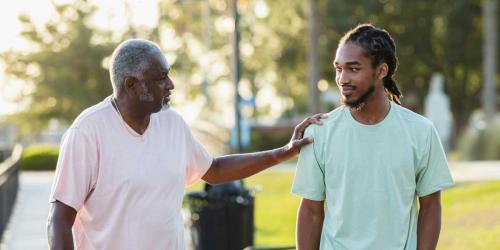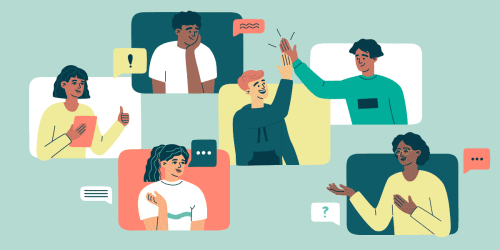Positive and Caring Relationships with Teachers are Critical to Student Success

When teachers make an intentional effort to get to know each of their students, it can foster in students a sense of belonging and connection to school—which can then build a foundation for academic success.
Positive teacher-student relationships lead to increased cooperation and engagement in the classroom. They also contribute to a welcoming, inclusive school climate that promotes equity, social and emotional learning and improved student outcomes.
But how can teachers reach all their students—including students from cultural backgrounds different from their own? Here are a few strategies based on research and my experiences working with educators in Oregon and across the country:
Know Your Own Perspectives
Think deeply about your own attitudes and beliefs and how they may impact your opinions and actions. Our cultural background influences how we interpret situations and communicate, as well as the choices we make. An important element of culturally responsive communication is understanding how your views affect the way you interpret what students say and do.
Build Relationships with Each Student
Positive learning environments and engaging instruction help all students achieve success. Caring and emotionally supportive classrooms are particularly important for students who have had challenging life and/or school experiences.
Caring teachers...
- Show interest in students’ welfare
- Respect students’ perspectives
- Tell students they can succeed
- Know students’ academic and social needs
- Recognize students’ academic and social achievements
Use and Model Perspective-taking and Empathy
The way students interpret their interactions with their teacher can have a lasting impact. Perspective-taking (putting yourself in a student’s shoes) can help you recognize each student’s strengths. In addition, it will lead to a deeper understanding of the daily challenges they experience.
Watch this video from Race Forward to hear students describe their experiences with implicit bias.
Perspective-taking also involves learning about students’ beliefs, attitudes and dreams; how they react in different situations; and their communication style. Educators who seek to understand their students’ perspectives are more likely to avoid misunderstandings that harm relationships.
Here are a few key things to remember when practicing perspective-taking:
- Show genuine interest in your students and let them know that getting to know each of them as an individual is important.
- Ask students about their opinions, interests and background.
- Listen to what students say as if you might be wrong.
- Be intentional in your efforts to learn how students view different situations.
- Use nonjudgmental, solution-focused problem-solving.
You can also check out my REL Northwest blog post, as well as this video and infographic, for more information on perspective-taking.
Set a high bar for each student
Cultivating caring relationships is important, but educators also need to have high expectations for all students. We must also convince students that they can learn and succeed. According to Yeager and Walton, “small” social-psychological interventions that focus on changing students’ thoughts, feelings, and beliefs in and about school can lead to large gains in student achievement for each and every student.


